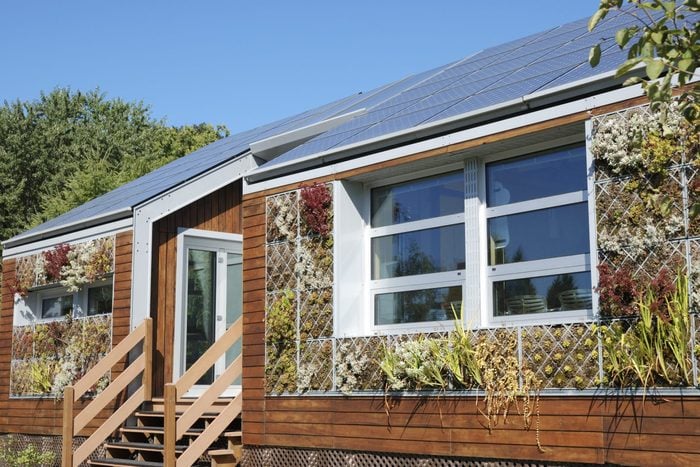
Simplify Life, Buy Fewer Products
A major tenet of sustainability is cutting down on stuff. Our popular culture and economic system encourage us to spend money on things we don’t actually need. To break that mindset, try pausing before you buy something. Ask yourself if you actually need it, or if you are just seeking that feeling of instant (and temporary) gratification.
Then think about all of the resources that item represents: the trees that were cut down and the land mined for the raw materials; the neighborhoods, air and water polluted from manufacturing plants; the greenhouse gasses from shipping; all of your hard work that went into earning enough to buy it (and the time you could have otherwise been spending with family); and the landfill or ocean where it will end up once you’ve lost interest in it.
If you still think you need it, great, you probably do! But sometimes you’ll decide otherwise. Also, try to find second-hand goods when possible. The Buy Nothing Project is a great neighborhood sharing app. And don’t forget about garage sale hunting, which is also a good way to get fresh air!

Entertain Sustainably
“Between decorations, disposable service ware, gifts and meat-heavy menus, celebrations can come at a high cost to the planet,” says Kelley Dennings, a campaigner at the Center for Biological Diversity. “But they’re also an opportunity to create new traditions that support a sustainable lifestyle.”
When hosting guests, you can be more sustainable, plus save money by:
- Ditching the disposables for real plates, silverware, cups and napkins;
- Serving mostly plant-based foods;
- Decorating with flowers, wreaths, potted plants, pine cones and branch cuttings;
- Using reusable gift wrapping;
- Giving handmade gifts, donating to a nonprofit that’s important to your recipient and giving a gift of experience.
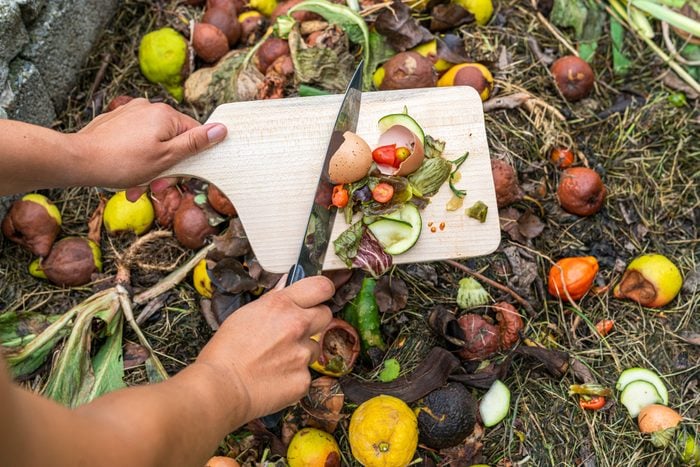
Waste Less Food
Each year, about 119 billion pounds of food is thrown away in the U.S.— and about half of that comes from our homes. We’re not only wasting a lot of household income on spoiled food, we’re adding unnecessary fertilizers and chemicals into our environment, depleting our soils and creating extra greenhouse gases.
“Minimizing food waste reduces carbon significantly,” says social scientist and nature author Mary Clare. “When we purchase more food than we consume and it goes bad, it produces a great deal of methane.”
To help reduce food waste:
- Reclaim the old-fashioned practice of cleaning your plate;
- Put perishables and the oldest leftovers in the front of your refrigerator to make sure you eat them first;
- Freeze any leftovers that you won’t eat fast enough;
- Inventory your fridge before you head to the store, so you don’t buy unnecessary perishable items;
- Compost food waste instead of throwing it away.
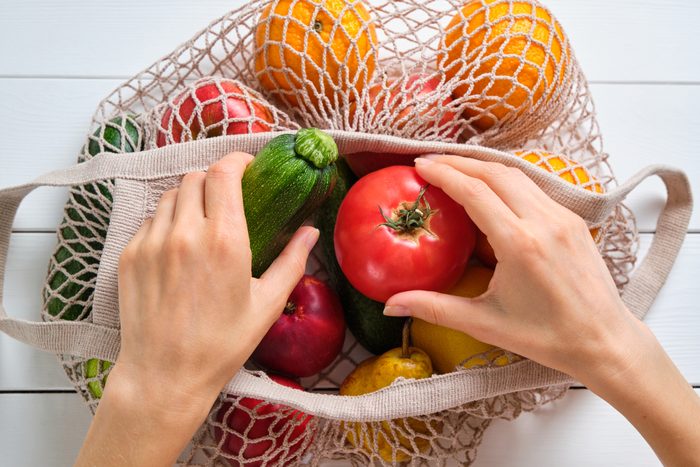
Cook More With Plants
On average, Americans eat twice as much protein as they need, most of which comes from meat and dairy. Those foods create a disproportionate amount of greenhouse gases and a cascade of other environmental impacts from deforestation to water shortage and contamination. “One of the biggest environmental impacts we can have is changing what’s on our plates,” says Dennings.
Too much meat, dairy and processed foods also have downsides to our health and waistlines. To make the shift, start slowly by just trying a meatless day or two a week, which includes vegetable protein from sources like beans, peas, spinach and tofu. Adding more veggies is doubly good because the average American also eats less than half of the fiber needed for optimum health.
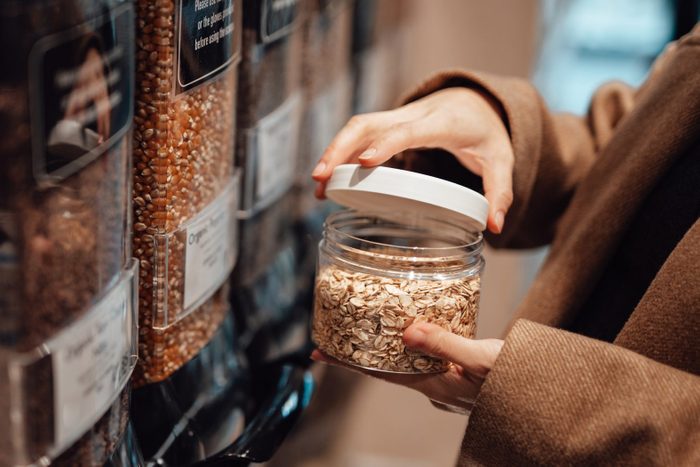
Go Plastic-Free
I know you’ve heard this before, but cutting down on plastic wherever you can definitely helps boost your sustainability. “Single-use plastic products prop up the fossil fuel industry and create waste that’s devastating for wildlife, especially ocean life; and they have a way of sneaking into our daily routines,” says Dennings.
To kick them out of your routine, avoid single-use water bottles, bags, straws, and containers, and opt for products not made from or packaged in plastic when they’re available. This also helps reduce your exposure to microplastics.
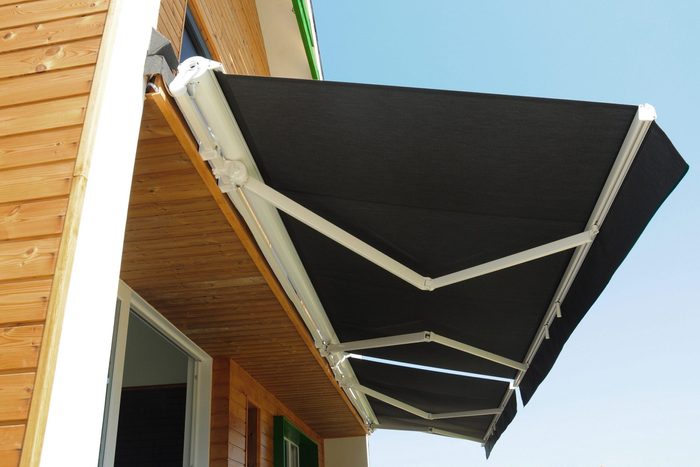
Get Shady
Making your house more energy efficient is a huge sustainability step. Besides plugging up drafty areas and upgrading your windows, use shade to block the summer sunshine and lessen your dependence on AC.
Window awnings help, or if you have the space, try a pergola with a vine to shade the walls. “This can help reduce the temperature inside the home naturally,” says sustainable living author Kris Bordessa. “Opt for a deciduous vine, meaning that the plant will drop its leaves in the fall, allowing light in when the sun is less intense. Grapes are a great option and provide a summertime harvest, too!”
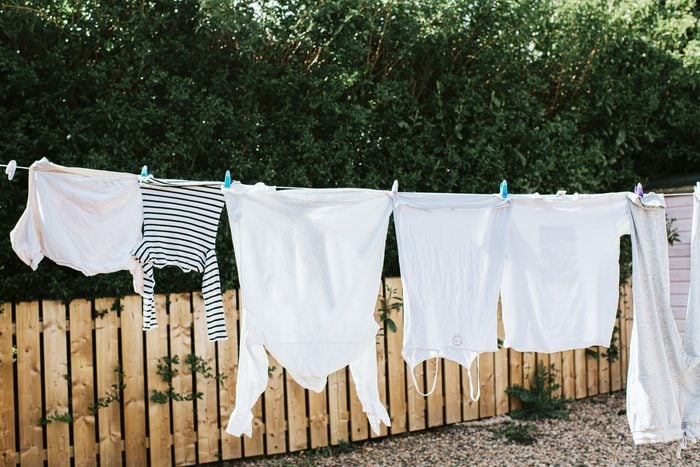
Green Up Your Laundry
Laundry appliances use a lot of energy and water, plus they spread chemicals and microplastics. To add more sustainability to your laundry game:
- Opt for cold water when you can. “Hot water is really only necessary for sanitizing clothes,” says Bordessa.
- Only wash full loads, rather than just a couple of items.
- Use eco-friendly laundry products to eliminate chemical surfactants, solvents and fragrances that can contaminate waterways.
- Add a microplastic filter on your washer and dryer, or better yet, opt for clothing made of natural fibers.
- Install a clothesline to use the sun’s energy instead of the dryer.
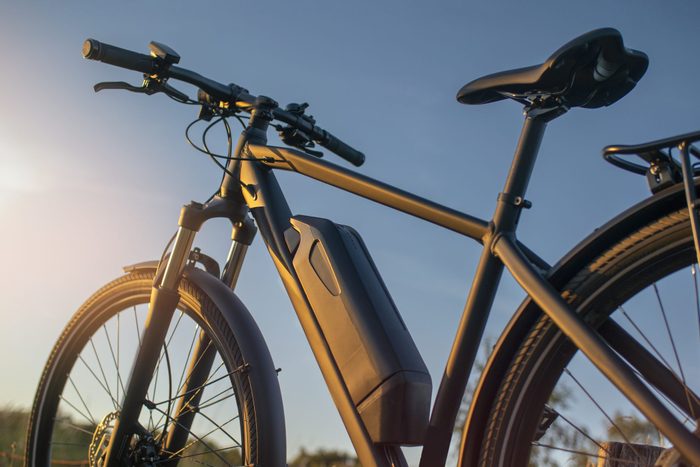
Switch Up Your Transportation
Our car-centric lives put a lot of pressure on the planet, and smog up our views. “In general, drive a lot less,” says Clare. “When you’re running errands, park the car and walk to visit different stores for items that you need.” That strategy is also good for your health. Other ideas to downplay the car include:
- If you live outside of town, plan to run all of your errands on certain days to minimize your mileage.
- Try switching to an electric bike with baskets for carrying groceries. Some cities are offering vouchers and incentives for new e-bike purchases.
- If you’re lucky enough to live near public transportation, use it when you can.
- Make your next car an EV, or at least a smaller, lighter-weight gas or diesel-powered vehicle.
- Keep your vehicle well-maintained, so it gets optimal gas mileage.
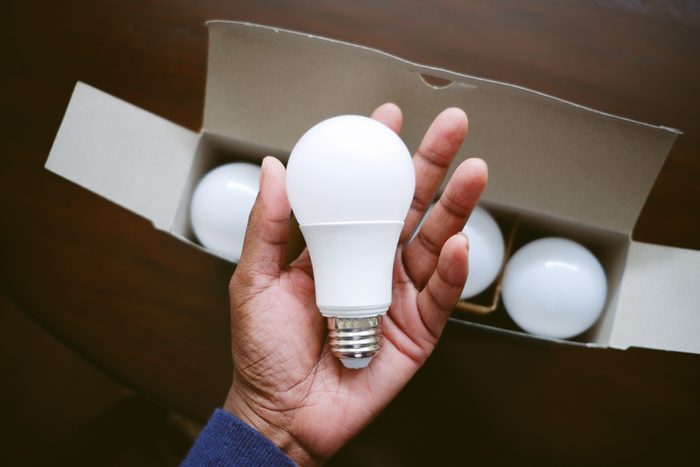
Look Around for Easy Fixes
Some sustainability changes are pretty obvious once you think of them, like only heating or cooling the rooms you’re using during the day, switching out incandescent bulbs for energy-efficient LED models and putting the fridge and water heater on more efficient settings. Spend a few minutes to think about quick fixes in your home, look for ones that work with nature (vs. fighting against it), and research your carbon footprint. Get creative with solutions, because adding sustainability to your home should be a fun and satisfying process.
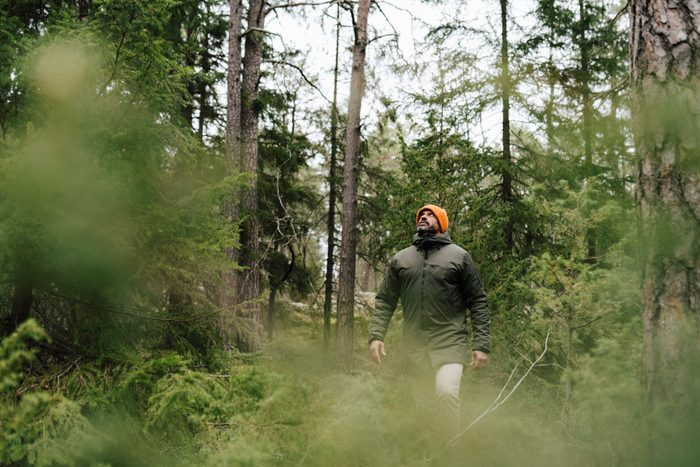
Think Different
For many, sustainability is also a mind shift. Instead of thinking of ourselves as the center of the story, the lead singer in the band, think about how we are all just one small piece of a symphony. It feels much less lonely to know our lives are connected to 8 billion humans and countless animals and ecosystems, and that we have the power to act kindly toward them to help all of our greater good.

Take Self-Sustaining Beyond the House
Self-sustainability is contagious, share your tips and ideas with your friends and neighbors. Also:
- Use your purchasing power to buy clothing and products from companies that are trying to become more sustainable, not just greenwashing, too;
- Put your investments in banks that offer eco-portfolios; and
- Tell corporations and politicians that you want sustainable energy and product choices to be the default, not something that you have to seek out and try to find.

